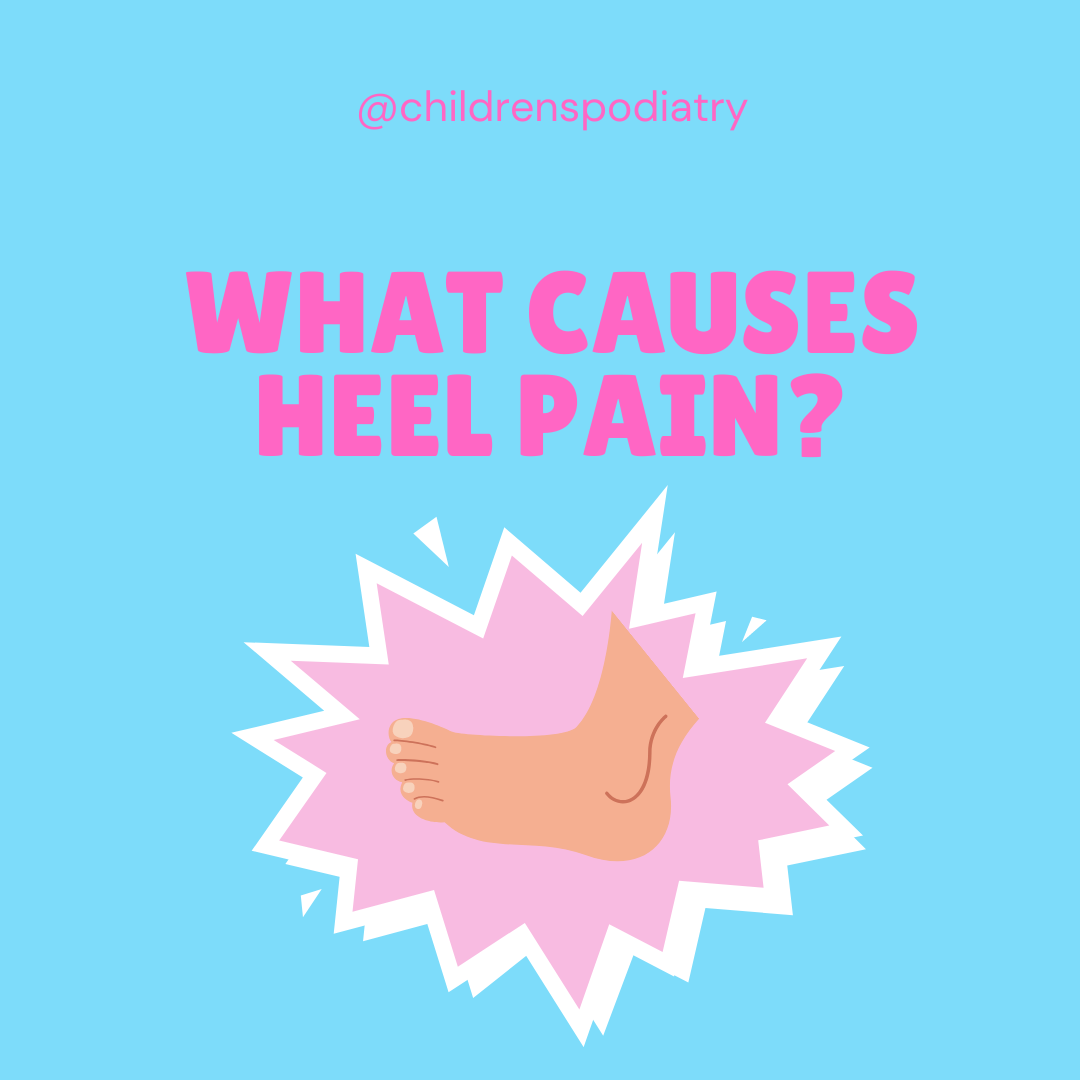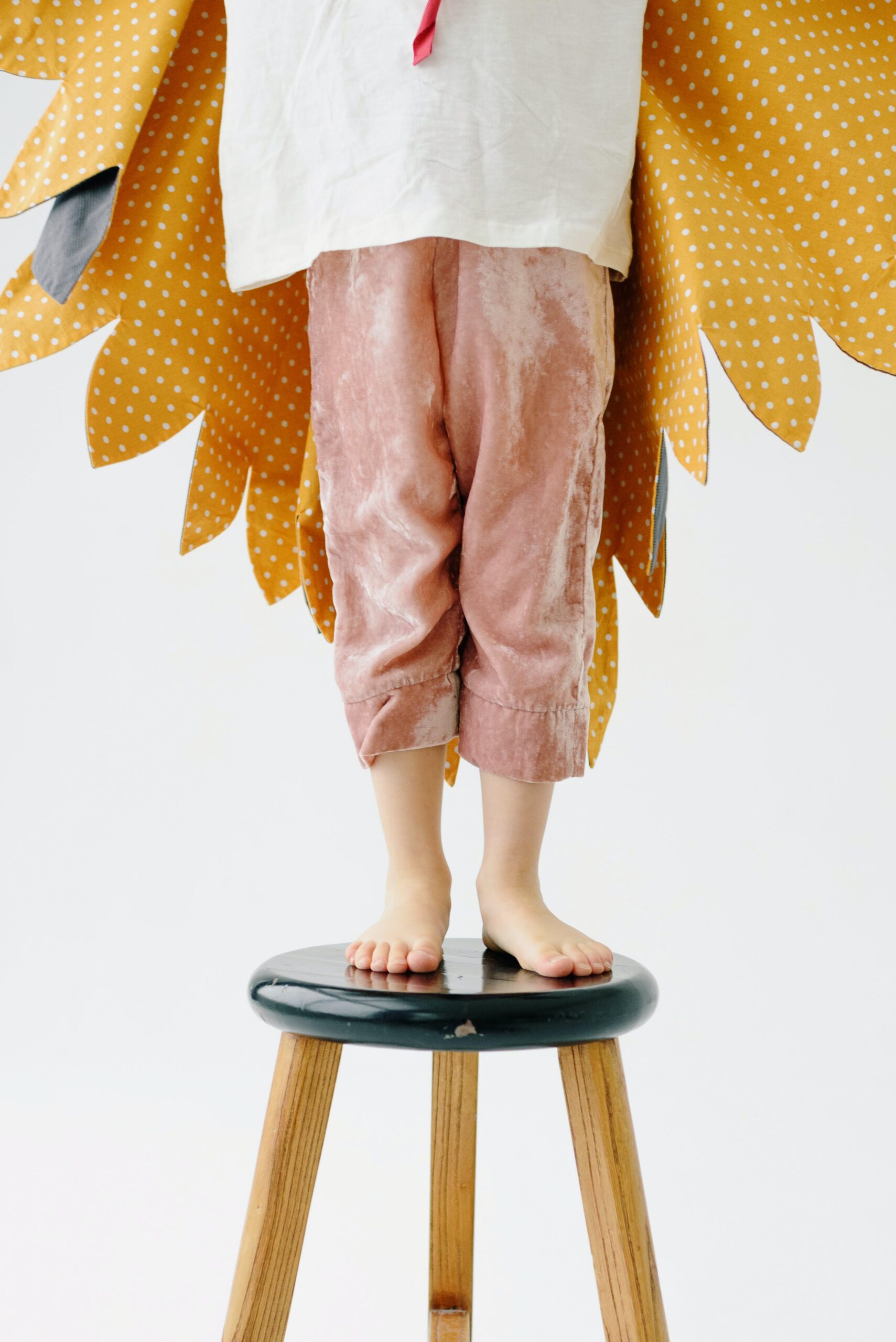Has your child been feeling sharp pain in their heel for a while? Are you unsure what’s causing it? Or maybe you’ve tried stretching it out, icing and elevating, but nothing seems to give them any relief…
Heel pain. It’s more common than you think, and most people do not seek professional treatment until it develops into a chronic, much more complex issue.

So what really is heel pain and what’s the true cause of your symptoms?
Causes of Heel Pain
Achilles Tendinitis
Ever heard of someone’s Achilles Heel? Yep. That’s the very same tendon that we are talking about. It’s a section of connective tissue that runs from your calf muscle to the heel bone, connecting them together. If this tendon is overused, it will become inflamed and lead to pain, swelling and stiffness in the back of your heel.
Bursitis
Most of the joints in our body have little fluid-filled sacs that work as a cushion to reduce friction between tissues of the body. If these bursae swell, it is known as Bursitis and will usually present as tenderness or bruise-like pain in your heel.
Haglund’s Deformity
Chronic inflammation and irritation can cause an enlarged bony bump to form in the back of the heel. It is commonly known as a “Pump Bump” as shoes with higher heels, such as pumps, can make the bump and pain worse.
Sever’s Disease (Calcaneal Apophysitis)
If you have a child aged 8-14, who actively participates in running or jumping sports, they may be at risk of Sever’s Disease. This disease is a swelling and irritation of the growth plate in the heel. Although it will usually resolve itself, your child may need to allow their heel to rest for a period of time to reduce the irritation.
Bone Bruise
Stepping on a hard, sharp object can bruise the fat padding underneath the heel and your heel will feel tender when you walk.
Think: the feeling of stepping on a Lego!
Plantar Fasciitis
Plantar fasciitis is by far the leading cause of heel pain. It occurs when the fascia, or connective tissue, that runs along the bottom of the foot, tears or stretches.
Heel Spurs
Chronic plantar fasciitis can cause a bony growth (heel spur) to form on the heel bone. Heel spurs aren’t usually painful, although some people have pain.
Who’s most at risk of Heel Pain?
Anyone that puts a lot of pressure and strain on their foot can be at risk of heel pain. The way you walk and your foot’s shape are also factors.
- Are overweight or obese.
- Have foot and ankle arthritis, flat feet or high foot arches.
- Frequently run or jump in sports or exercise.
- Spend a lot of time standing, especially on concrete floors.
- Wear improperly fitted shoes without arch support and/or cushion.
How do we diagnose the cause of Heel Pain?
At your consultation, one of our podiatrists will assess your child’s symptoms and perform a physical exam. They may also request that your child have an Xray to check for arthritis, bone fractures, bone alignment and joint damage.
How do we treat Heel Pain?
Once we know what is behind the pain, we can start a treatment plan to reduce the severity of your child’s symptoms. This program may include:
- Over-the-counter or custom-made shoe inserts (orthotics) can take pressure off the heel.
- Your child may need to switch to more supportive shoes for everyday wear and exercise.
- Non-steroidal anti-inflammatory drugs (NSAIDs) combined with ice packs ease pain and swelling.
- Massage, physical therapy and ultrasound therapy may reduce pain and inflammation.
- Your Podiatrist can show your child how to do heel stretching exercises for tight tendons and muscles.
- Use athletic or medical tape to support the foot arch or heel.
Although most heel pain resolves itself over time, it is important to seek a professional opinion to avoid chronic issues developing later in life.






